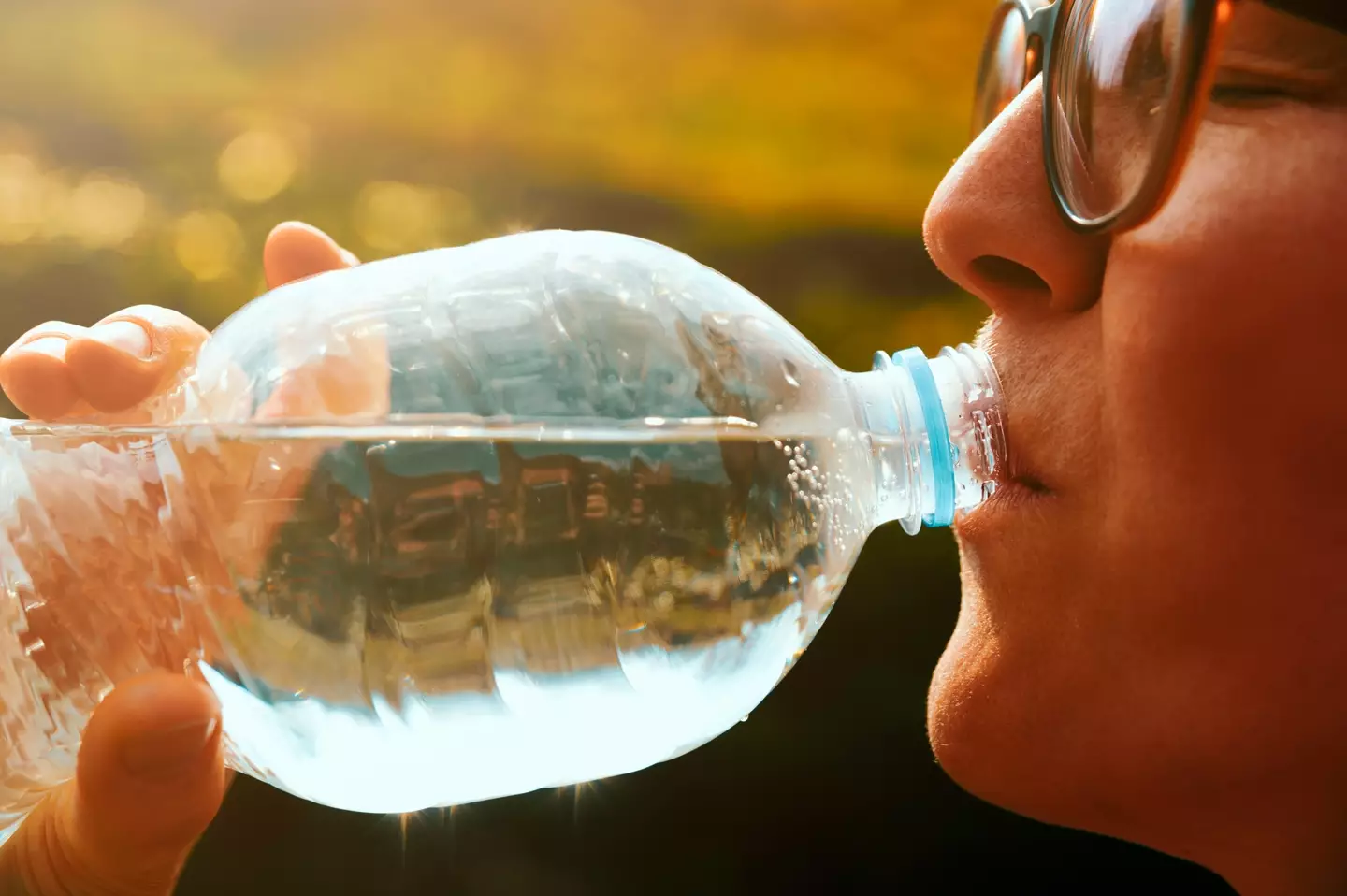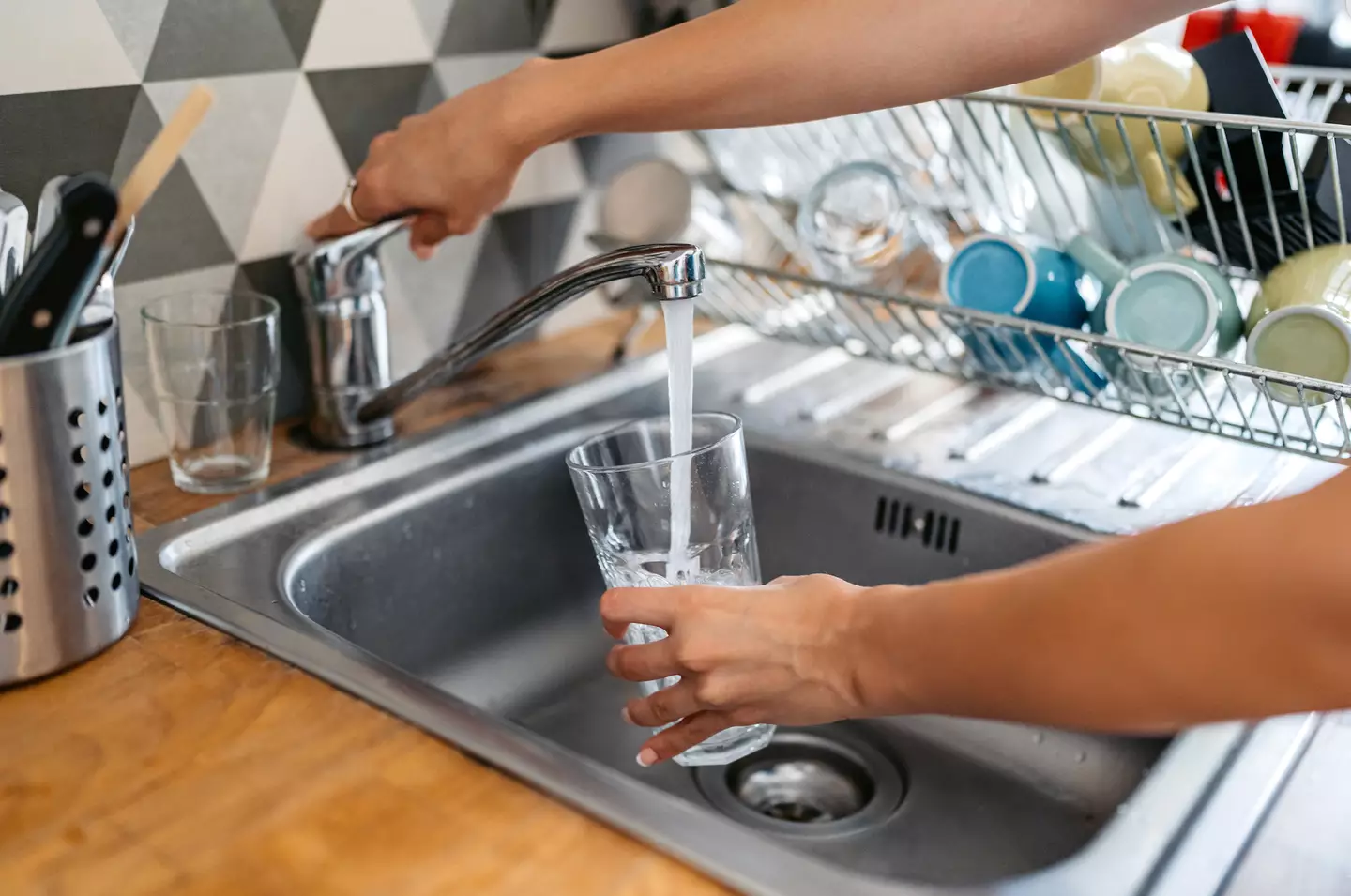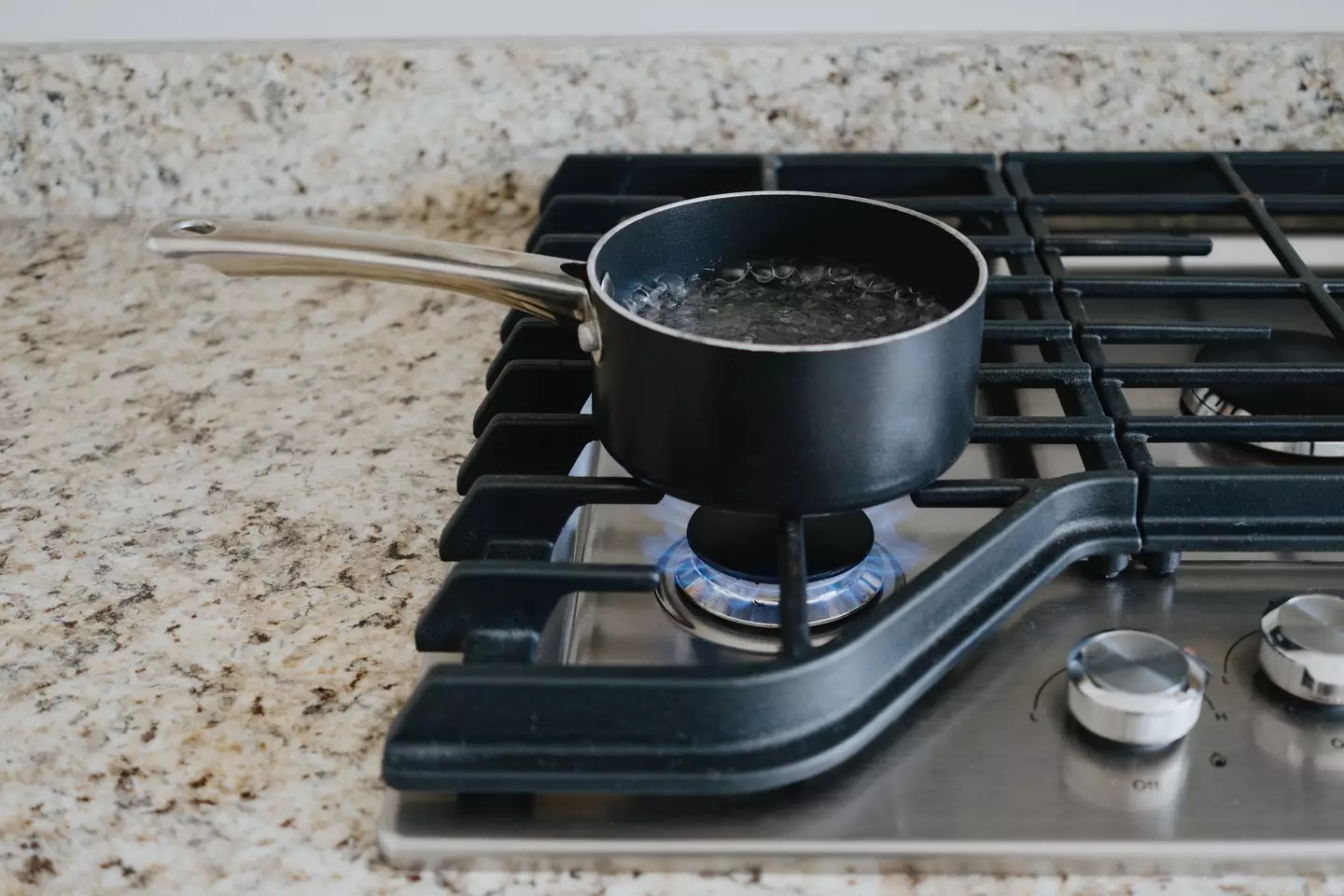.jpg%3Fcrop%3D2121%2C1194%2Cx0%2Cy110)
Microplastics are a growing modern health concern, with the tiny plastic particulates being found everywhere from the summit of Everest to deep Arctic waters.
They’ve also been found in human bodies, prompting concerns that they may be having nasty effects on our health of which we aren’t yet fully aware.
Early research indicates that they may increase our risk of chronic illness, lung disease, strokes, and infertility, but the extent of the issue and the level of risk are still poorly understood.
The trouble is that they are everywhere, and their presence in water supplies means the majority of us have almost certainly consumed some.
Advert
However, it turns out there may be a simple solution to clearing them from our drinking water: boil it.

Researchers from China’s Guangzhou Medical University and Jinan University published a report in early 2024 into how we can remove microplastics from tap water. Published in Environmental Science and Technology Letters, the study concluded that boiling water may be sufficient to purge the particulates.
The study involved deliberately adding polystyrene, polyethylene, and polypropylene particles to tap water. When the samples reached a rolling boil, natural minerals like calcium carbonate crystallised and trapped microplastics before settling at the bottom of the containers. The water was then cooled and the precipitated minerals and microplastics were separated out.
Advert
This method, per the study, can remove as much as 90% of the microplastics present in water. That said, this is only applicable to ‘hard water’ with high mineral content. If you get a lot of limescale in your kettle, you live in a hard water area.

When it came to soft water, the boiling method removed around 25% of microplastics.
"This simple boiling-water strategy can 'decontaminate' NMPs from household tap water and has the potential for harmlessly alleviating human intake of NMPs through water consumption," said the study’s authors.
Advert
If you’re interested in other ways to reduce your exposure to microplastics, there are a few changes you can make in your home.
You could swap out any plastic cooking utensils like chopping boards and spatulas with wooden, silicone or stainless steel alternatives.
Using dish cloths made with natural fibres is also a good idea, as is using glass containers for your leftovers instead of plastic takeaway tubs.

Advert
Non-stick pans are also a potential source of microplastics and PFAS as the coating can easily chop. Swapping these out for stainless steel pans is a great idea, and you can make those non-stick by ensuring they’re heated up to temperature before use.
To check whether they’re hot enough, pour a splash of water in the hot pan. If the water forms droplets that skid easily across the pan – known as the Leidenfrost effect – then the pan is non-stick and ready to go.
